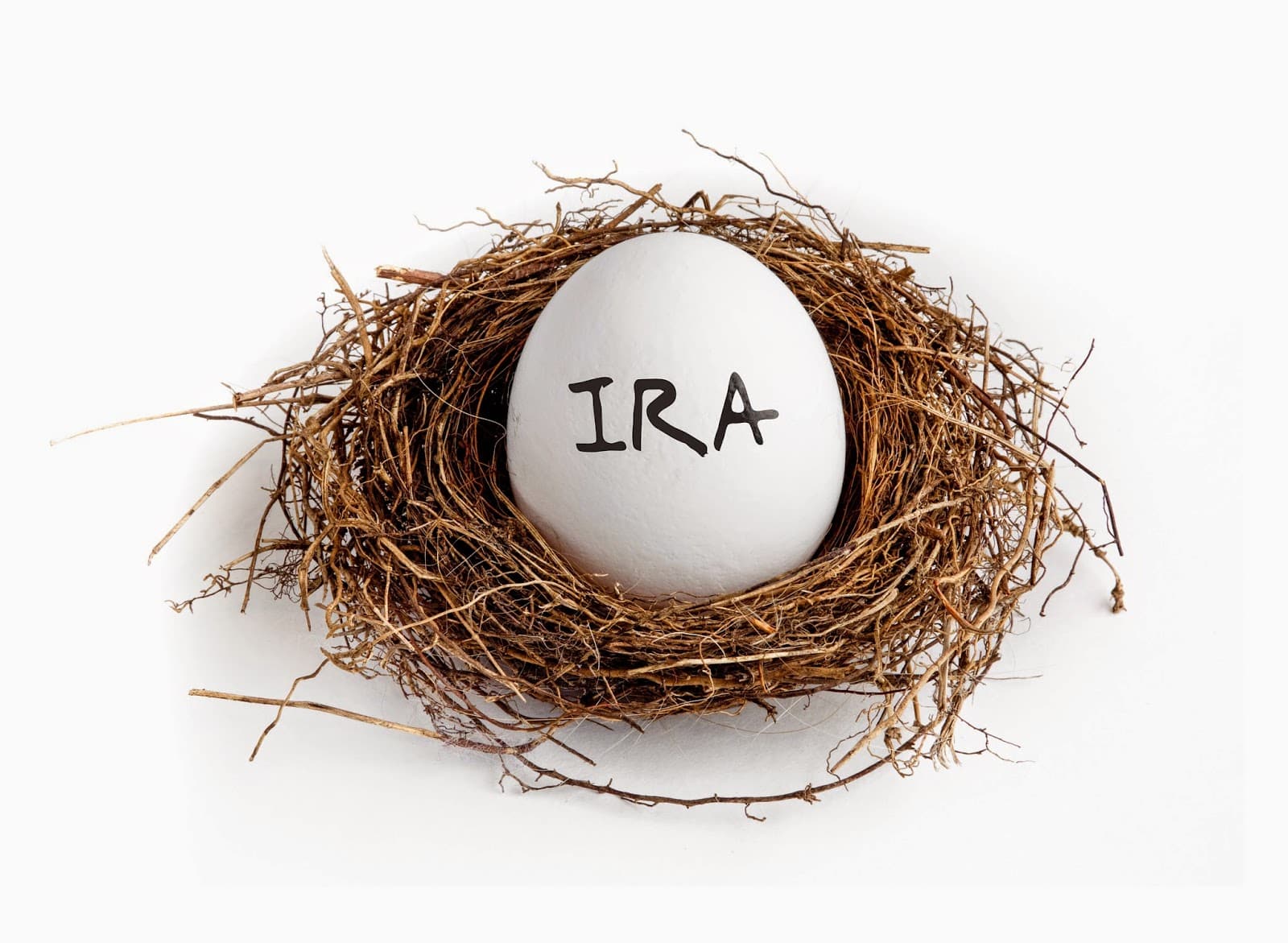Most of the time we are telling you how important it is to check IRA beneficiary forms to be sure they reflect your current planning objectives – such as the stretch IRA. It is also important to check the IRA agreement or an employer’s summary plan description (SPD) for the plan. Click to find out why.

This week's
Slott Report Mailbag looks at potential annuities that can be rolled over to IRAsas well as a follow-up question on a younger spouse inheriting an IRA. Click to read this week's Q&A with our IRA Technical Consultant.

The Beneficiary isn't the only thing you must check on your own or a client's beneficiary form. Here's a list of 3 other important things to make sure are present on the beneficiary form.

You're allowed to name anyone as the beneficiary of your IRA. You’re also allowed to name a non-person as your IRA beneficiary. Examples of non-persons would include charities, a trust, or your estate. It is generally not a good move to name your estate as your IRA beneficiary.When you die, your estate includes the property that you owned at the time you died. It’s a legal entity that’s created after you die. Your executor must then pay your expenses and liabilities and distribute the balance according to your will.

The question came up recently about combining inherited IRAs. The general rule is that you
can combine IRAs that you have inherited from the same person. So if you inherited two IRAs from your Mom, you could combine them into one inherited IRA. But if you inherited an IRA from your Mom and inherited an IRA from your Dad, you could not combine them. Sounds simple, right? Not quite.

I’m still having a hard time believing it's true, but by the end of tomorrow, I'm going to become a father for the first time. I am obviously super excited and can't wait to experience all the joys – and even some of the pains – of fatherhood. I know that being a father is nothing to take lightly and there are many responsibilities. Some of the responsibilities are financially-oriented and for a few of those, there are tax efficient ways of achieving one's goals. Now obviously, everybody’s situation is different, but below are 3 tax-planning moves I plan to make as soon as possible once I become a father. Perhaps one or more of them is relevant for you and your planning.

A taxpayer learned a costly lesson recently when he forgot to complete an IRA rollover within the 60-day time fame. He asked the IRS for more time to do the rollover, but they turned him down. As a result, his IRA distribution couldn’t be rolled over tax-free so that meant his IRA distribution was taxable.
 In Private Letter Ruling (PLR) 201425023
In Private Letter Ruling (PLR) 201425023, released by IRS on June 20, 2014, the IRS ruled that a surviving spouse who received IRA proceeds through a trust, which was the beneficiary of her deceased husband’s IRA, could not roll over the IRA funds she received because more than 60 days had passed since she received the funds. The IRS denied her request for more time to do the rollover because she didn’t provide sufficient proof of financial institution error. More importantly, the PLR is a good example of what not to do when a trust is the beneficiary of an IRA.

Richard has an IRA and has named his wife Diane as the beneficiary. Richard dies unexpectedly at age 52. Diane is 50.
What should she do with Richard’s IRA?This is a case when the spouse should probably remain a beneficiary of the IRA. Here's why.












